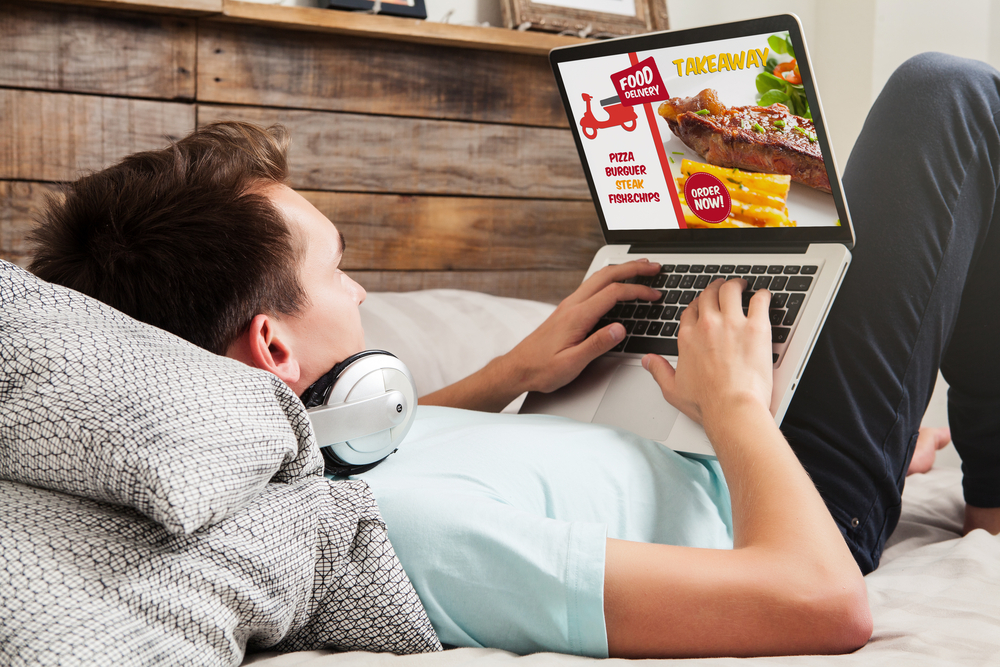COVID-19 changed the restaurant industry forever, shifting business away from a traditional dine-in model towards the new normal of contactless dining. In many ways, your restaurant’s digital presence has become just as, if not more, important than your brick-and-mortar one.
Your online menu serves as the foundation of your digital marketing and contactless dining. They incorporate all the new tools that you and your customers adopted over the past year — tools like QR codes, online ordering, and cashless payments — and put them in one place for the easiest contactless dining experience possible.
What goes into an online menu? How can you give your customer the best mobile menu experience possible?
Before you start creating yours, check out our 12 Do’s and Don’ts for online menus.
✓ Tailor your menu for mobile usage
The dining experience has shifted from the table to the tablet, and that’s not going to change. Customers expect your menu to be readily accessible on their phone, simple to navigate, and easy to order from. Rather than an multipage printed menu they can open up and explore, you need to craft your menu design to work best in the palm of your customer’s hand.
✘ Upload a PDF of your menu
The flipside of the first “Do,” nothing provides a worst digital menu experience than an uploaded PDF of your normal menu. You can’t update it, the text is usually small and hard to read, and it won’t net you the same Google SEO benefits that a text-based design will.
✓ Connect your menu to a dynamic QR code
QR codes make it a breeze for customers to pull up your online menu on their phones. Rather than waste time typing in a URL or searching for you on Google, they can simply point and scan. The QR code is a great tool for taking your online menu and putting it on your customer’s phone screen. Make sure you use dynamic QR codes, though, because they can be updated. That way you can swap designs, change links, and update menus without having to print all new QR codes.
✓ Provide a link to your online ordering
Make it as easy as possible for customers to order directly from you by providing a readily-accessible link to your online order form, or a phone number to call and place orders at. A big perk of hosting your own digital menu platform is that you can redirect customers away from third-party delivery services that charge huge commission fees. You should always avoid that when possible.
✓ Brand your menu
Like a printed menu, your online menu is representation of your brand and identity. Add simple branding elements like colors, logos and backgrounds to ensure your online menu represents your food, style and aesthetic. Menu template services make it easy to brand your customize your design and create an online menu that’s unique to you.
✘ Overdesign your menu
Simple branding elements are great, but don’t overdo it. The focus should always be on usability and clarity, so if you’re amazing design choices distract from that, you are better off ditching them.
✓ Customize the URL for SEO.
If you are hosting your online menu through a third party, make sure they offer customer URLs so you can include your restaurant name in the link address. Google ranks keywords in the URL heavily in determining what’s the main focus of a webpage. If you want customers to be able to find you on Google, it’s critical that you customize the URL so Google knows at first glance (or more accurately, crawl) that the address belongs to your restaurant and menu.
✘ Forget to update your menu
Few things are more confusing and off-putting for a customer than an online menu that doesn’t match the normal menu, beer selection, weekly specials, etc. It makes your restaurant look unprofessional, and it defeats the whole purpose of online menu because then your customers have to get waitstaff involved and ask them. A main benefit of online menu is the ease of updating, but you have to make sure you do it.
✓ Create categories for easier navigation
Always keep your customer experience at the forefront of your online menu. Don’t force them to scroll through all your sections to find a specific type of dish. If you have a long menu, break it up into multiple pages that customers can tab through from the top of your menu.
✓ Include separate drink and dessert menus.
Similar to the point above, breakout any specialty menus onto their own specific pages. Not only does this simplify navigation, it mimics a traditional dining experience, when these menus are brought out separately by the server.
✓ Include pictures
Vivid imagery makes your menu more visually appealing and pleasant to navigate, sells your dishes, and can give you a big SEO boost if Google picks them up.
✘ Include massive picture files
They will slow down your page and mess up your customer browsing experience. Check your dimensions before you upload any billboard-sized photos of your food. If you need help making your pictures work, try out a free image compressor tool.

